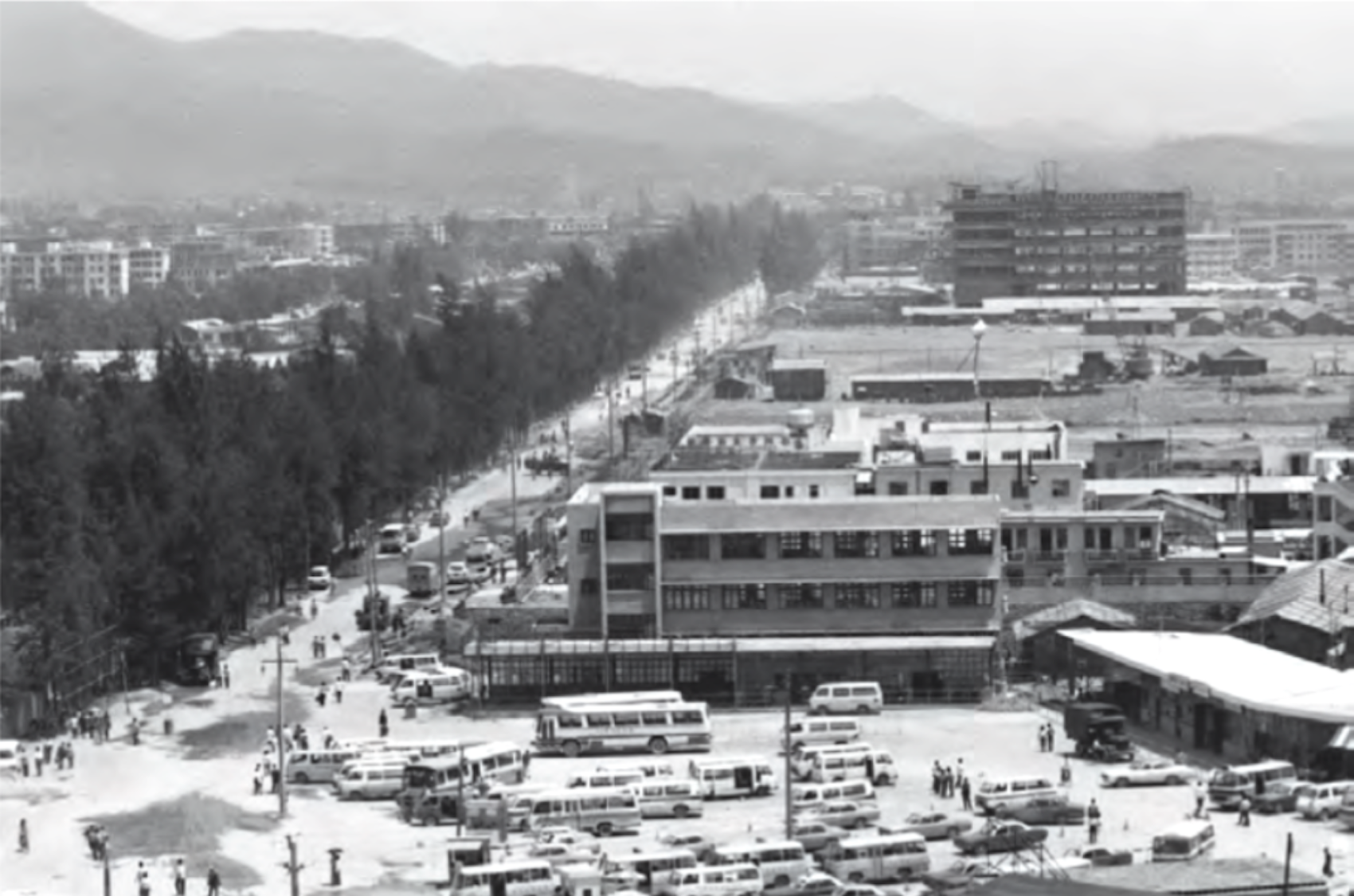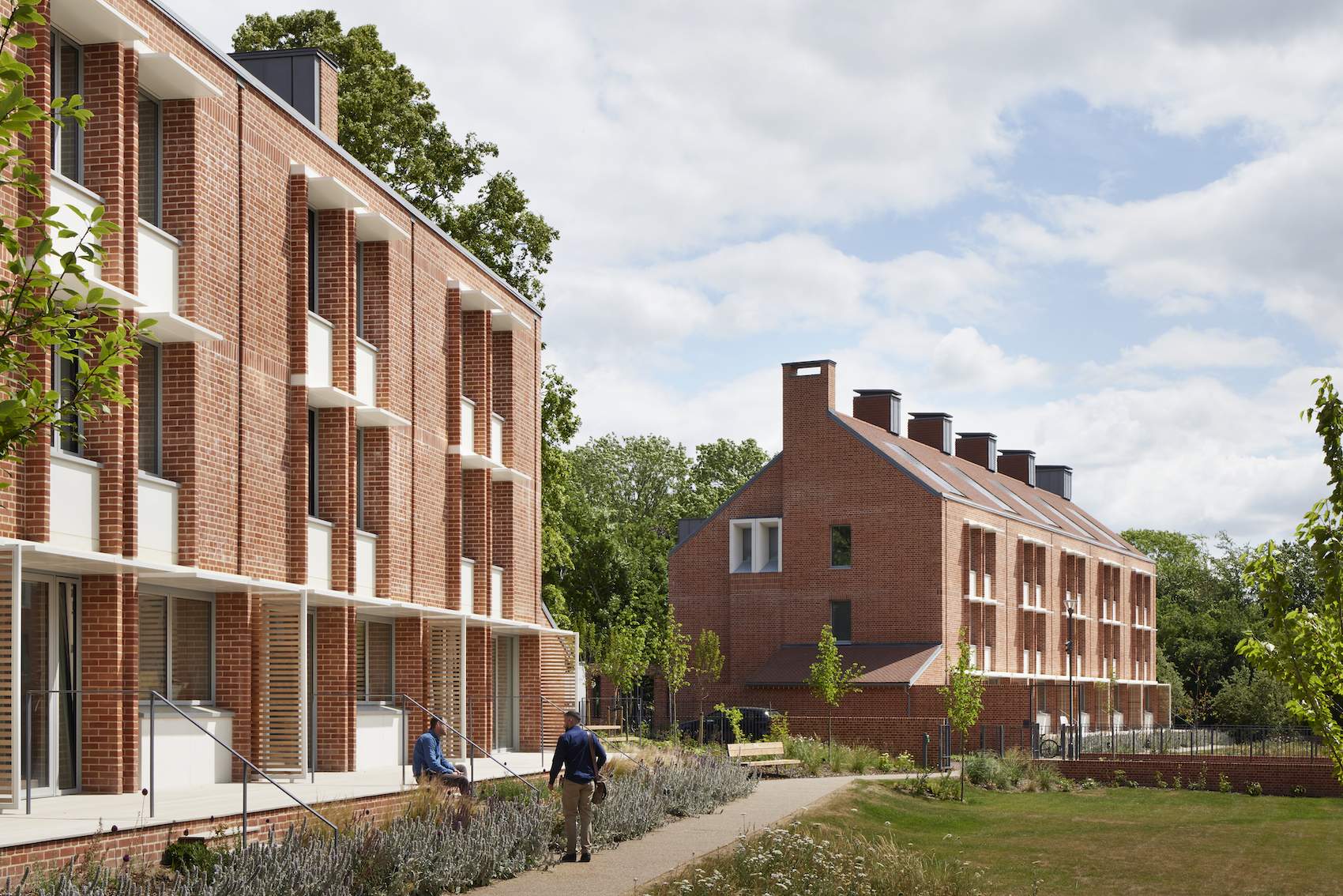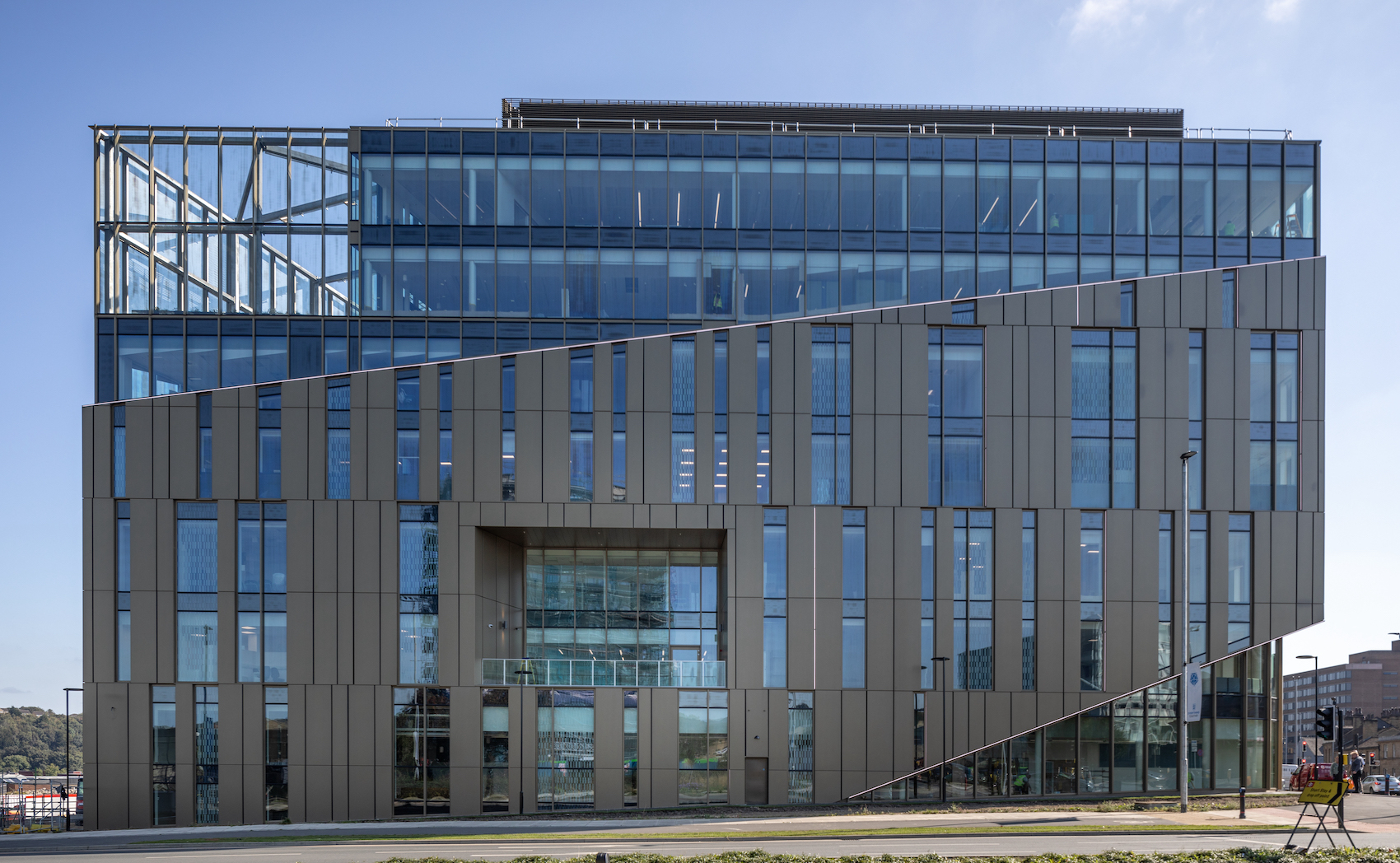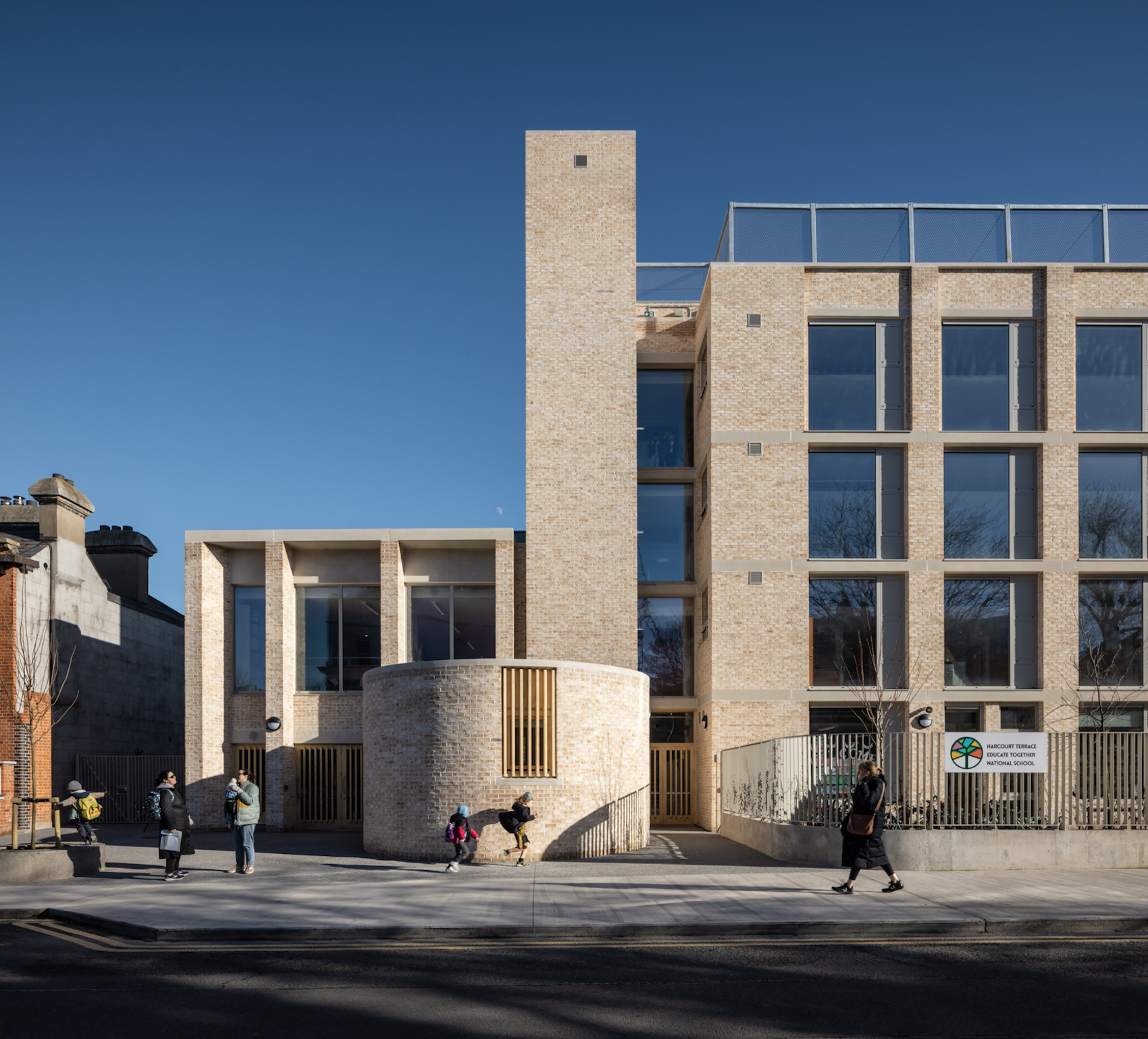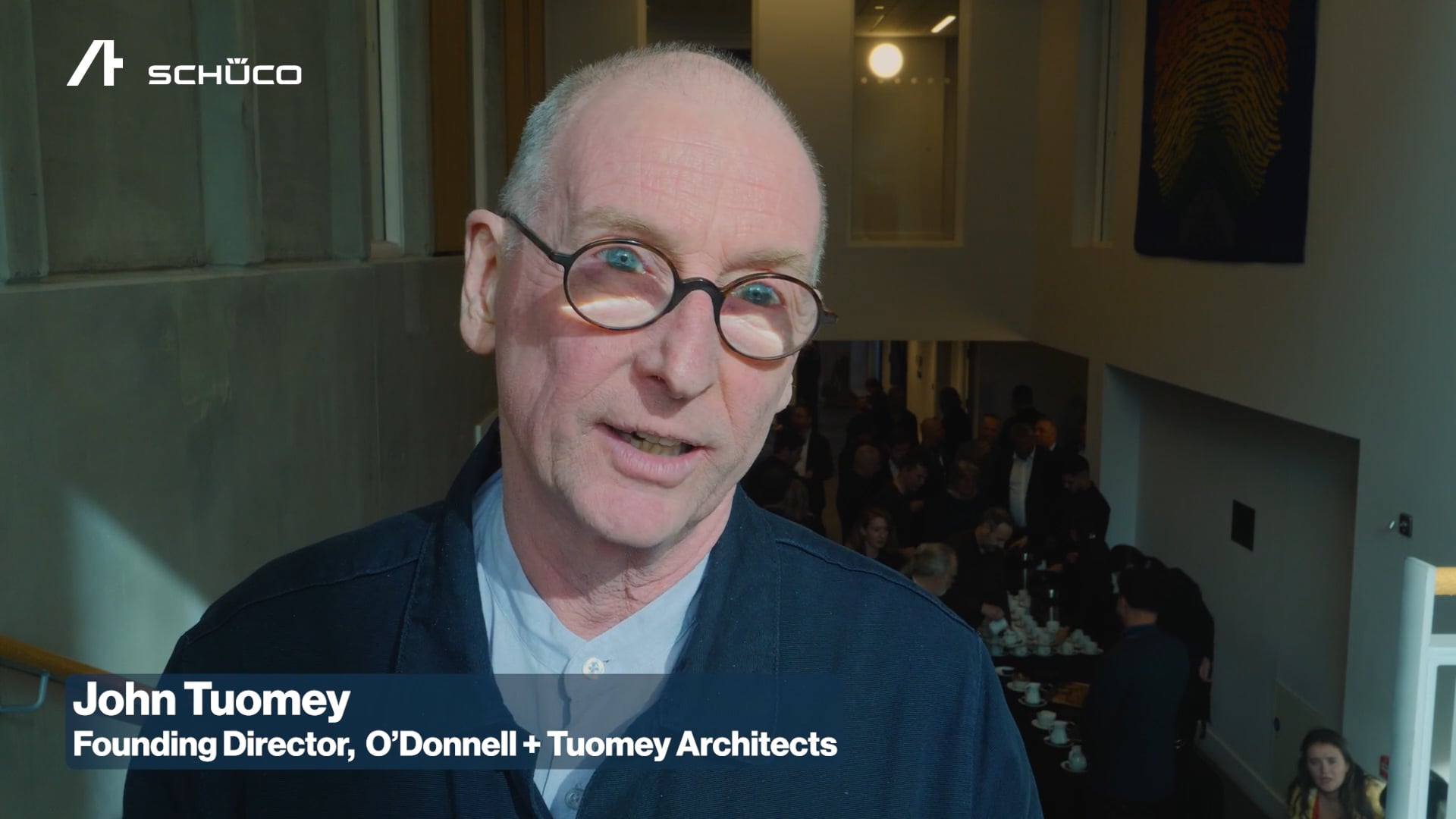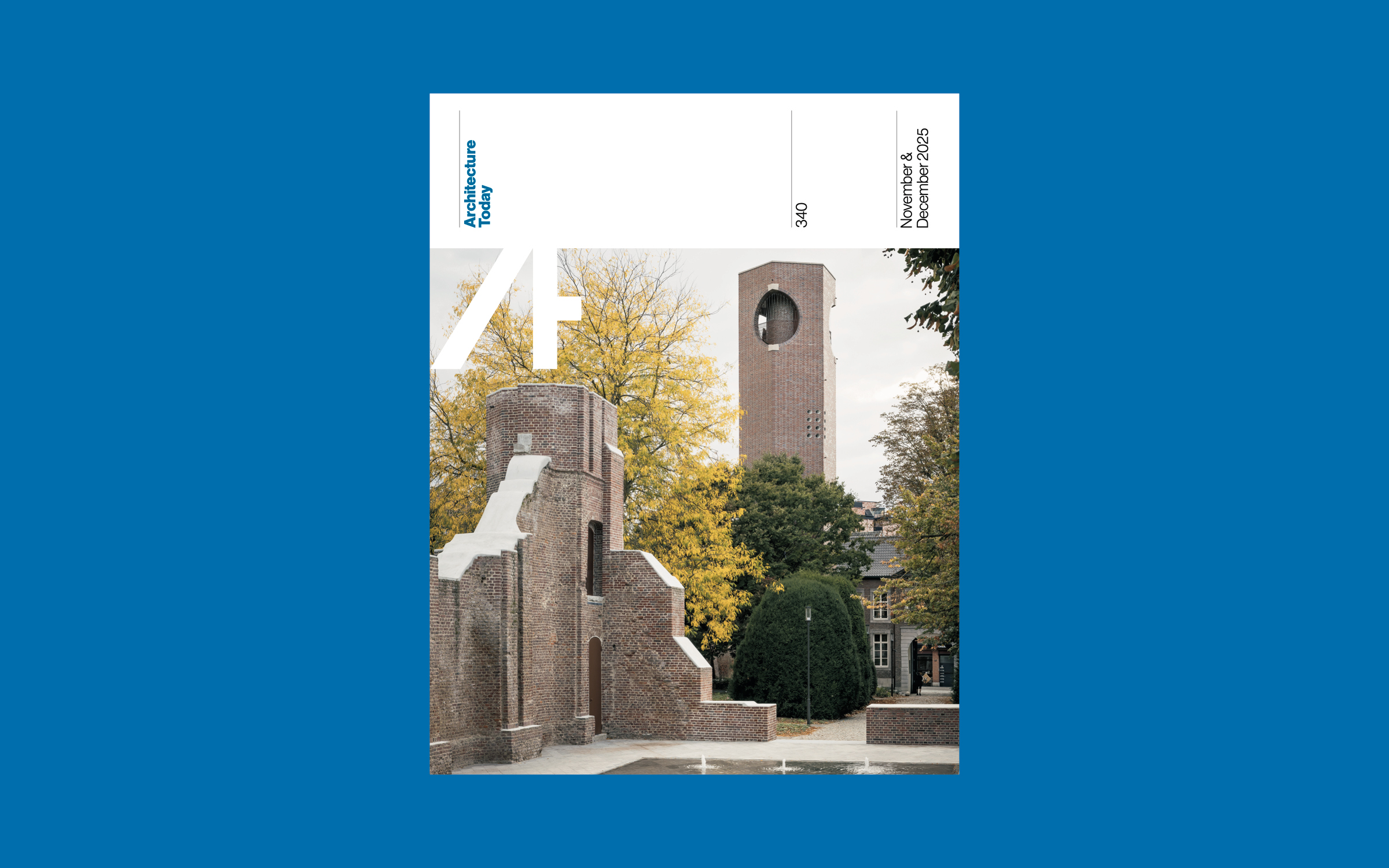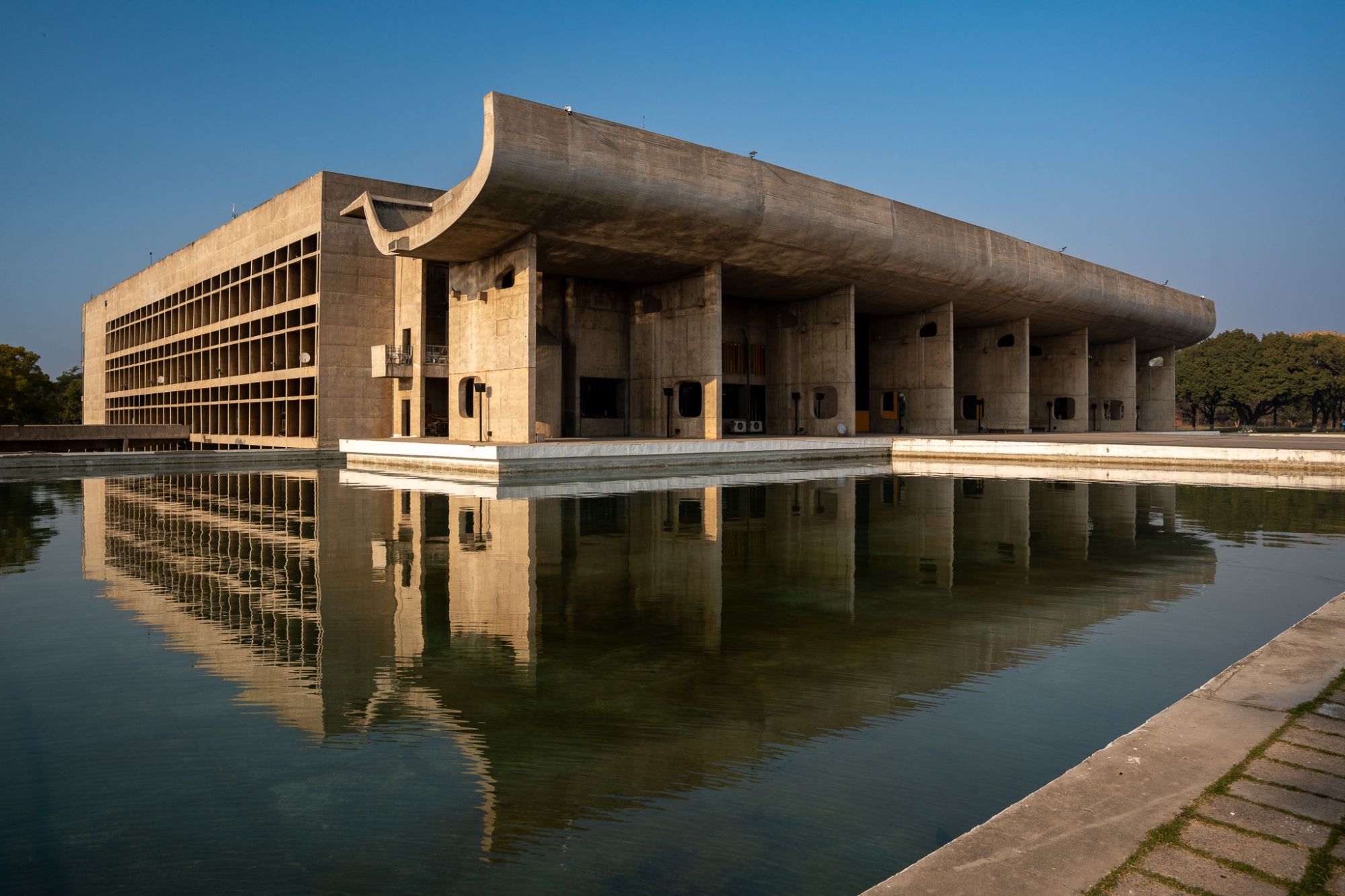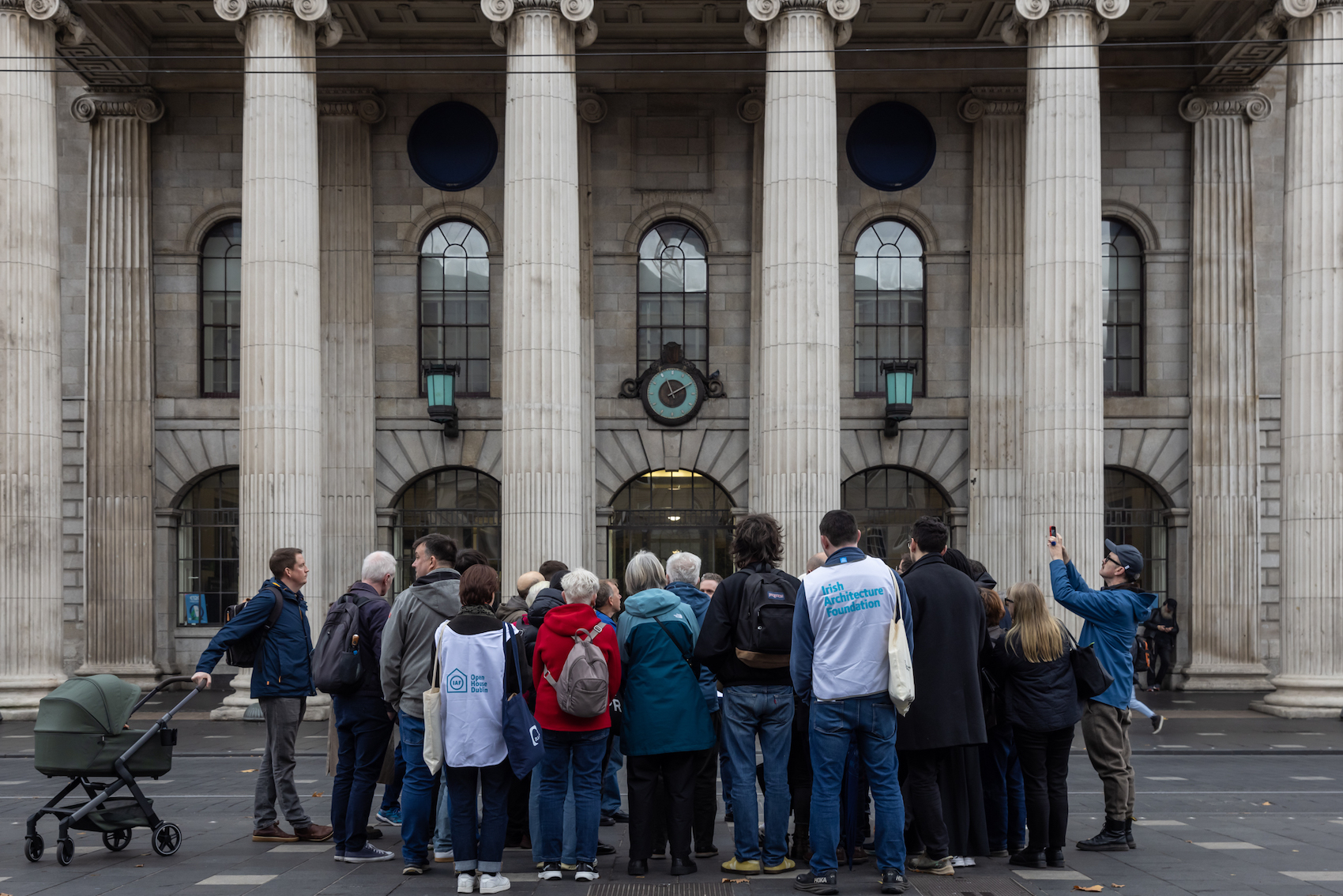The Elizabeth Line railway by Grimshaw, Maynard, Equation and AtkinsRéalis has won the 2024 RIBA Stirling Prize.
Photos
Hufton + Crow
Connecting the east with the west – all via a one-seat ride – the Elizabeth Line, formerly known as Crossrail, and named in honour of Queen Elizabeth II, carries 700,000 passengers across London every working day of the week.
In doing so it links suburban fringes of London: Reading and Heathrow with Essex and the Southeast along 62 miles of track and through 26 miles of tunnels.
With ten new stations: Paddington, Bond Street, Tottenham Court Road, Farringdon, Liverpool Street, Whitechapel, Canary Wharf, Custom House, Woolwich and Abbey Wood, the line not only eases congestion and enhances mobility but also supports the wider regeneration of the capital — demonstrating its social, economic, and environmental value for London’s future.
Such an infrastructural venture was no mean feat, with the project having to navigate London’s historical layers while carefully steering clear of fragile ancient foundations and the capital’s vast sewer network. This excavation effort formed part of the largest archaeological dig in British history, yielding an extraordinary array of artefacts — from a Tudor-era bowling ball to remains of woolly mammoths dating back 55 million years. Six million tonnes of earth, excavated to carve out space for the tunnels, were repurposed to create a new nature reserve in Essex.
Beneath the busy surface, the Elizabeth Line’s muted palette offers a calming refuge, visually setting itself apart from much of the existing transport network. Perforated cladding, refined lighting, and an intuitive wayfinding system, defines this new part of London’s underground network, with its flowing, curvilinear forms guiding passengers through vaulted tunnels, around gentle bends, and onto expansive platforms. Lighting subtly adapts between warm and cool tones, highlighting different levels and transitions — from the softly diffused glow above train doors to the cooler, focused lighting in narrower passages.
Spanning the breadth of the network, the generous scale of the double-length platforms, built to accommodate full-size trains. Step-free access is standard throughout, and careful attention has been given to sensory details: Acoustic mats, for example, concealed behind cladding absorb ambient noise.
The winner was announced at a ceremony on 16 October at London’s Roundhouse.
Speaking on behalf of the RIBA Stirling Prize jury, Muyiwa Oki, RIBA president and jury chair, said:
“The Elizabeth Line is a triumph in architect-led collaboration, offering a flawless, efficient, beautifully choreographed solution to inner-city transport. It’s an uncluttered canvas that incorporates a slick suite of architectural components to create a consistent, line-wide identity – through which thousands of daily passengers navigate with ease.”
“Descending into the colossal network of tunnels feels like entering a portal to the future, where the typical commuter chaos is transformed into an effortless experience. This is architecture of the digital age – a vast scheme that utilises cutting-edge technology to create distinctive spatial characteristics and experiences. It rewrites the rules of accessible public transport, and sets a bold new standard for civic infrastructure, opening up the network and by extension, London, to everyone.”
Neill McClements, Partner, Grimshaw, on behalf of the line-wide design team including Grimshaw, Atkins Realis, Equation and Maynard, said:
“The Elizabeth Line is a piece of infrastructure that has been transformative, not only for London’s transport network but also for many people’s lives, highlighting the role design plays in elevating our every day. It is also a recognition of the challenges that our profession faces today – the responsibility we have to rapidly respond to the climate emergency, decarbonise our cities and prioritise social and economic equity. We know this is only achievable through collaboration and the Stirling Prize recognises all of the design and construction teams that have come together to make the project the success that it is.”
The 2024 RIBA Stirling Prize Jury was chaired by Muyiwa Oki, RIBA president, with: Alex Ely, founder director of Mæ, winner of the 2023 RIBA Stirling Prize; Mary Duggan, director of Mary Duggan Architects; Yana Peel, global head of arts & culture at Chanel (Lay Assessor); Minna Sunikka-Blank, professor of architecture and environmental policy at Cambridge University (Sustainability Consultant) and David Light, EMEA ECS consulting director at Autodesk, sponsor of the 2024 RIBA Stirling Prize.
In winning the 2024 Stirling prize, the Elizabeth Line project saw off competition from Allies and Morrison with Porphyrios Associates, Al-Jawad Pike, Clementine Blakemore Architects, Jamie Fobert Architects with Purcell, and Mikhail Riches. (See the full shortlist here).












